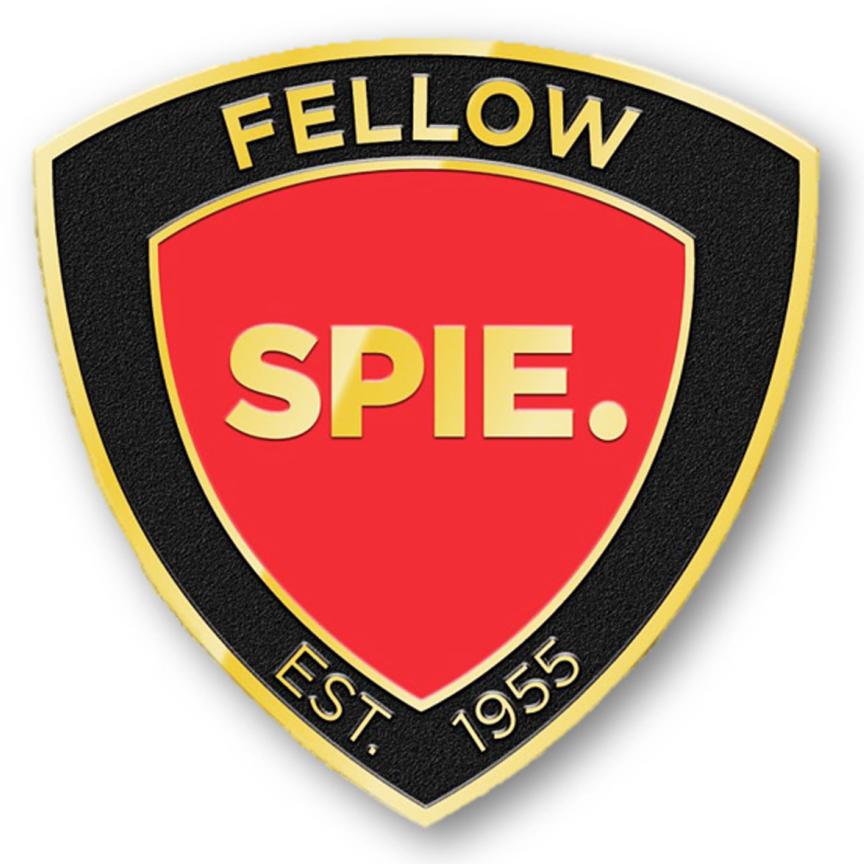Electro Optics turns 50 in 2018. To mark the occasion, experts across industry and academia review the current state of the photonics industry and highlight what needs to happen for the field to prosper over the next five decades.
In order to enable the technologies of tomorrow, optics manufacturers need to continue to invest in innovation and new techniques, writes Dan Adams, product marketing manager at Edmund Optics
Optics are the driving force behind many scientific discoveries and technological advancements. This fact is still just as true now as it was when the first microscopes and telescopes were built at the turn of the 17th century. Today, optics and photonics are at the heart of modern technology and have an impact across all aspects of life and society.
In biomedical applications, advanced diagnostic techniques like flow cytometry, optical coherence tomography, and multiphoton microscopy are all being used to diagnose and treat an aging global population. All of these methods and others like them can help doctors diagnose and treat patients faster, more effectively, and even non-invasively. Quality optical components are the key to improving the performance of these methods.
In flow cytometry, maintaining beam quality is important for getting a good signal-to-noise ratio and has a direct impact on the number of false positives recorded. With a large number of filters in the optical path, the transmitted wavefront error of each component needs to be as small as possible; in this scenario, dichroic filters with a high quality surface can have a huge impact on the overall effectiveness of the whole system.
It is a similar situation in areas like advanced robotics and the rapidly developing field of autonomous vehicles. These applications and many others require multiple machine vision systems to allow them to function at all. 3D stereo systems used for sensing in robotic manufacturing, for example, employ multiple cameras and lenses. These lenses must withstand rapid acceleration, which creates a large amount of shock and vibration, while also maintaining a pointing stability of less than a single pixel. A misalignment of only a few microns could mean a drop in accuracy and the whole system might require recalibration.
Laser processes are another key growth area and are becoming more important as manufacturers push to increase production and yield or ensure quality on a new generation of high-tech products. Precision optics are needed to focus lasers down to increasingly smaller spot sizes for machining or to produce ultra-thin laser lines for metrology. In addition, all these optics need to have high-energy coatings to deliver high transmission and longer lifetimes. This is even more important as the trend towards shorter pulse lengths and higher energies continues. While small differences in optical specifications can seem insignificant, on a production line running continuously these differences can quickly add up. Going from replacing a lens once a month to once every three months can have a significant impact on efficiency and the bottom line.
Investing in precision
Precision optical components underpin all of these application areas and many others. They are so important in fact that very large, expensive, and complex systems will often not function without them. Therefore, it makes sense that as technology advances the quality and specifications of the optics required to support it must advance. Higher energy lasers need lenses with more resilient coatings and improved surface flatness. Fluorescence microscopes need filters with deeper blocking and steeper curves. New broadband systems will need good performance across a wide spectral range and precision aspheric lenses will be required to produce small, compact assemblies for weight-critical applications. It is clear that in order to enable the technologies of tomorrow, optics manufacturers need to continue to invest in innovation and new techniques to continue pushing the limits of quality and precision.
Edmund Optics understands these challenges. It uses a range of five-axis CNC grinding and polishing machines enhanced by magnetorheological finishing for producing components with a surface accuracy exceeding λ/20. Ultrasonic CNC machining is another high-tech solution for optics with complex geometries, tight tolerances, and speciality features, such as holes, inserts or slots. To ensure that finished components meet specifications, all of these methods are supported by metrology systems, including interferometers, spectrophotometers, profilometers, and coordinate measuring machines, as well as advanced techniques such as computer generated hologram asphere metrology.
So much relies on optics. The level of precision required is only set to increase, and it is up to optics manufacturers to continue to develop their capabilities and produce components that can meet the challenges of tomorrow. The future depends on optics.


